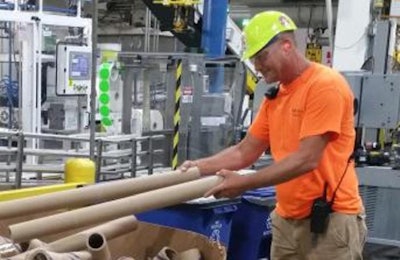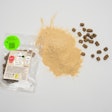
Nestlé Purina’s pet food and treat manufacturing facility in Dunkirk, New York, USA has achieved zero waste to landfill status as part of the company’s sustainability efforts. The plant produces pet food and treat brands such as Dog Chow, Purina Pro Plan and Busy.
The Dunkirk facility is Nestlé Purina’s sixth location to achieve this sustainability effort milestone and supports Nestlé’s global commitment to be landfill-free by 2020, according to a press release.
Stipulations of Purina’s sustainability goals
Under Nestlé global standards, to achieve zero waste to landfill status a facility’s discarded materials are directed to destinations that specialize in recovering the ecological and/or economic value of the material.
Reducing waste is a critical part of Purina’s sustainability roadmap, which identifies how the company can best add value for the environment and society to make the biggest positive influence. Work continues at other Purina facilities, including offices and distribution centers, across North America to meet the global commitment to achieve zero waste to landfill status by 2020, or sooner.
How Purina reduced waste
Nestlé Purina’s measures to reduce waste to landfill focus on three key areas: employee engagement; improving processes to minimize generation of waste; and partnerships with credible vendors for composting, recycling, energy recovery, and other forms of beneficial use, in line with Nestlé’s environmental sustainability guidelines and standards. All of Purina’s factories have externally verified environmental management systems through ISO 14001 certification.
Purina’s effort to reduce waste began in 2010, and since then the company has reduced waste to landfills at manufacturing facilities in North America by 22 percent, according to company materials.

















